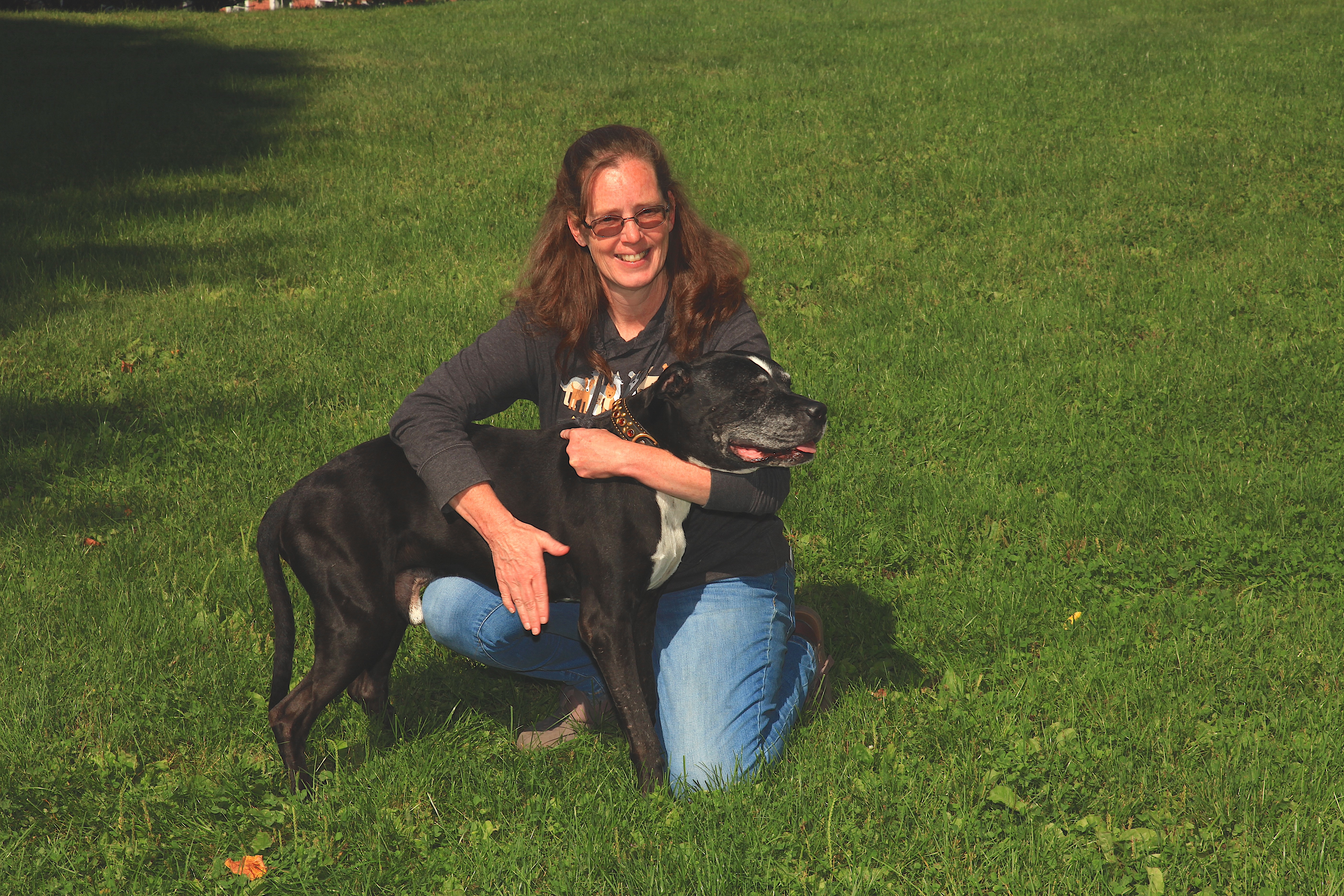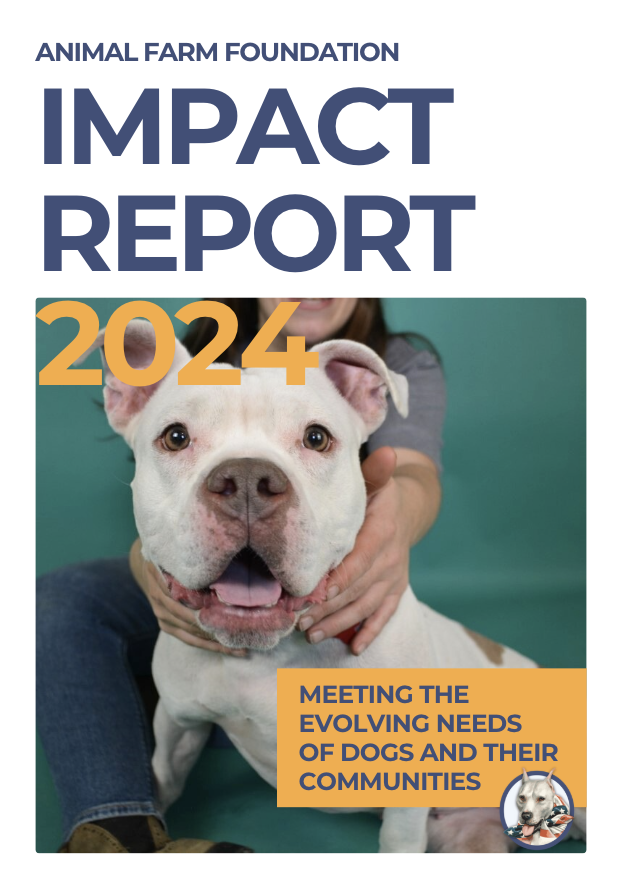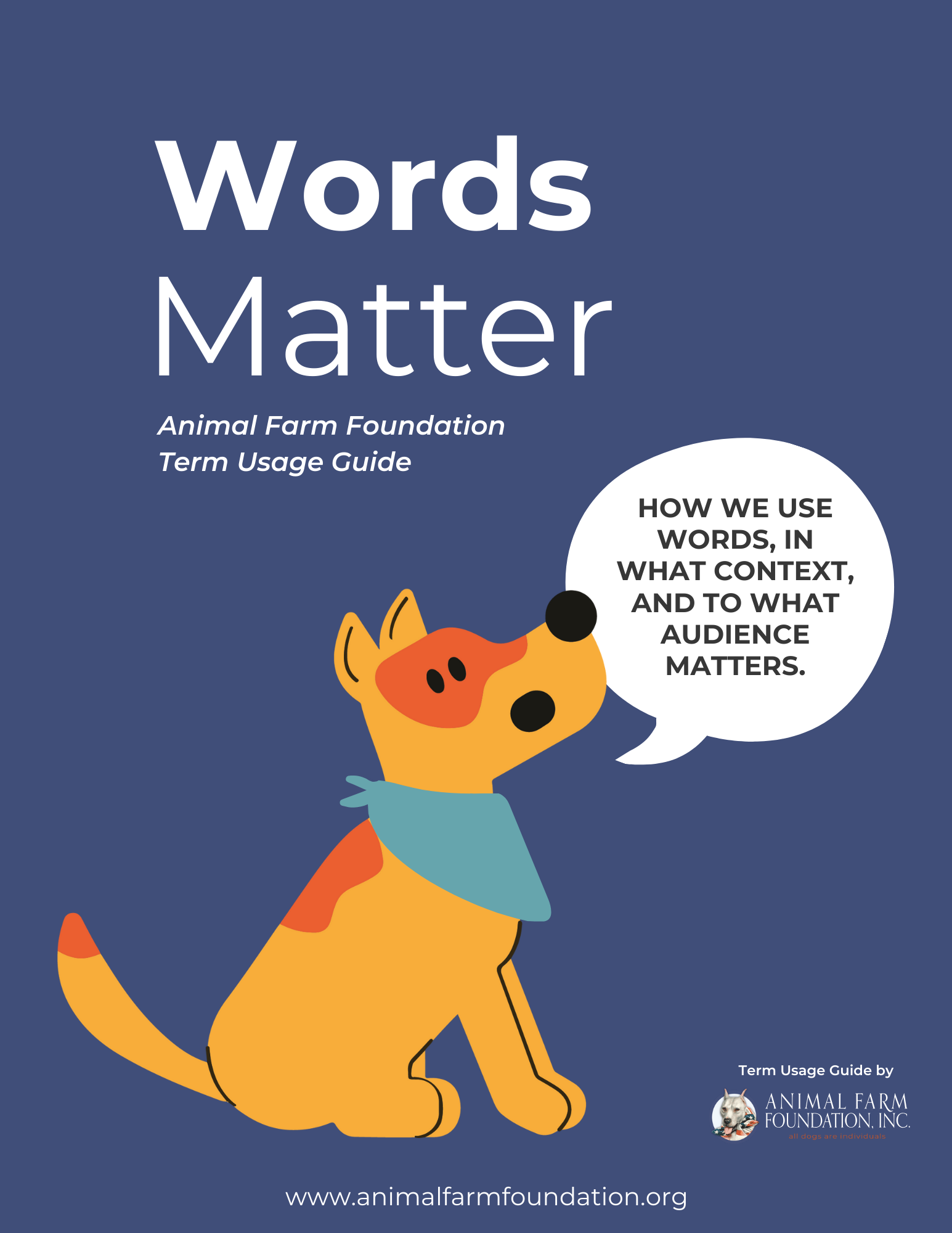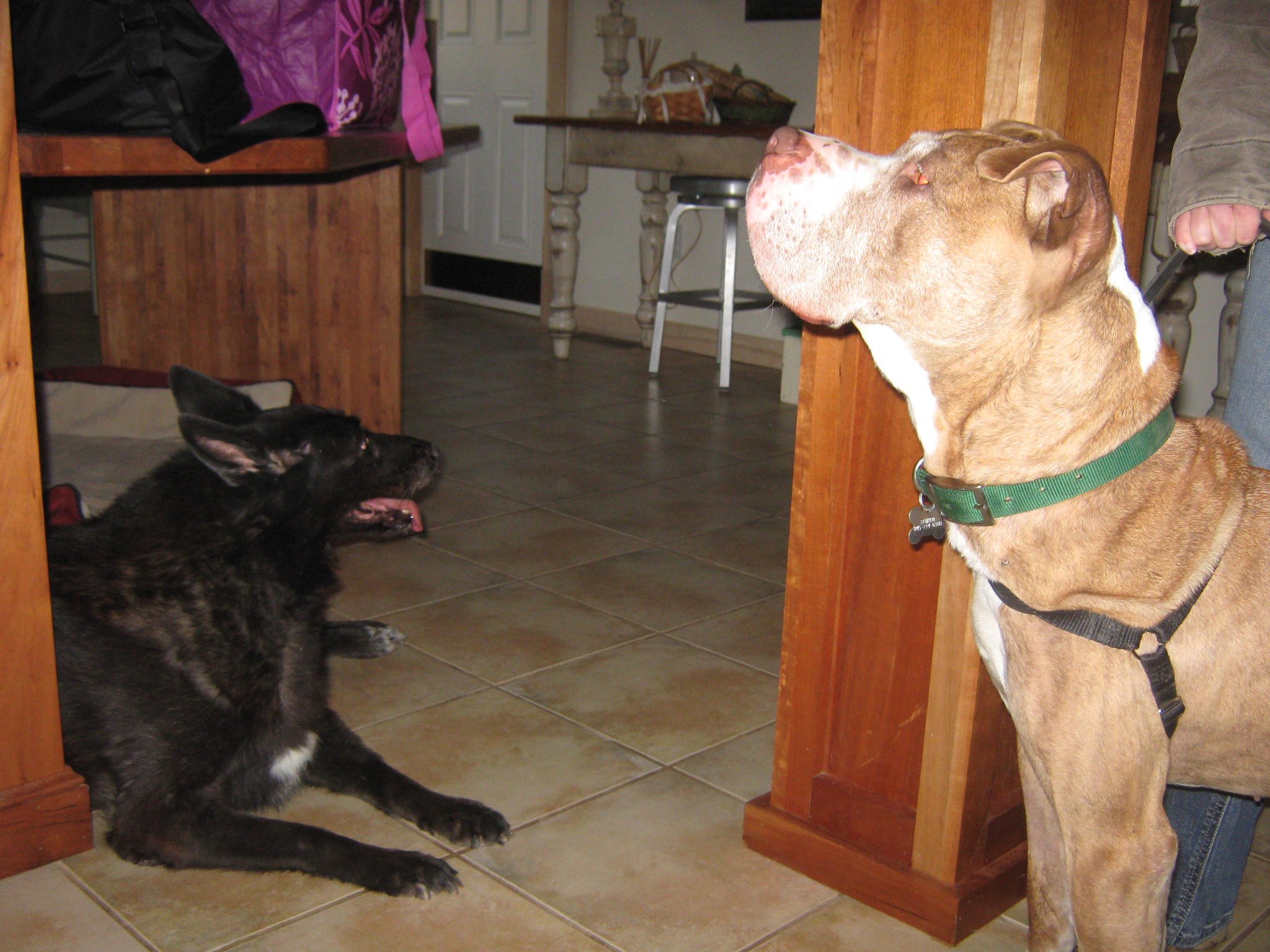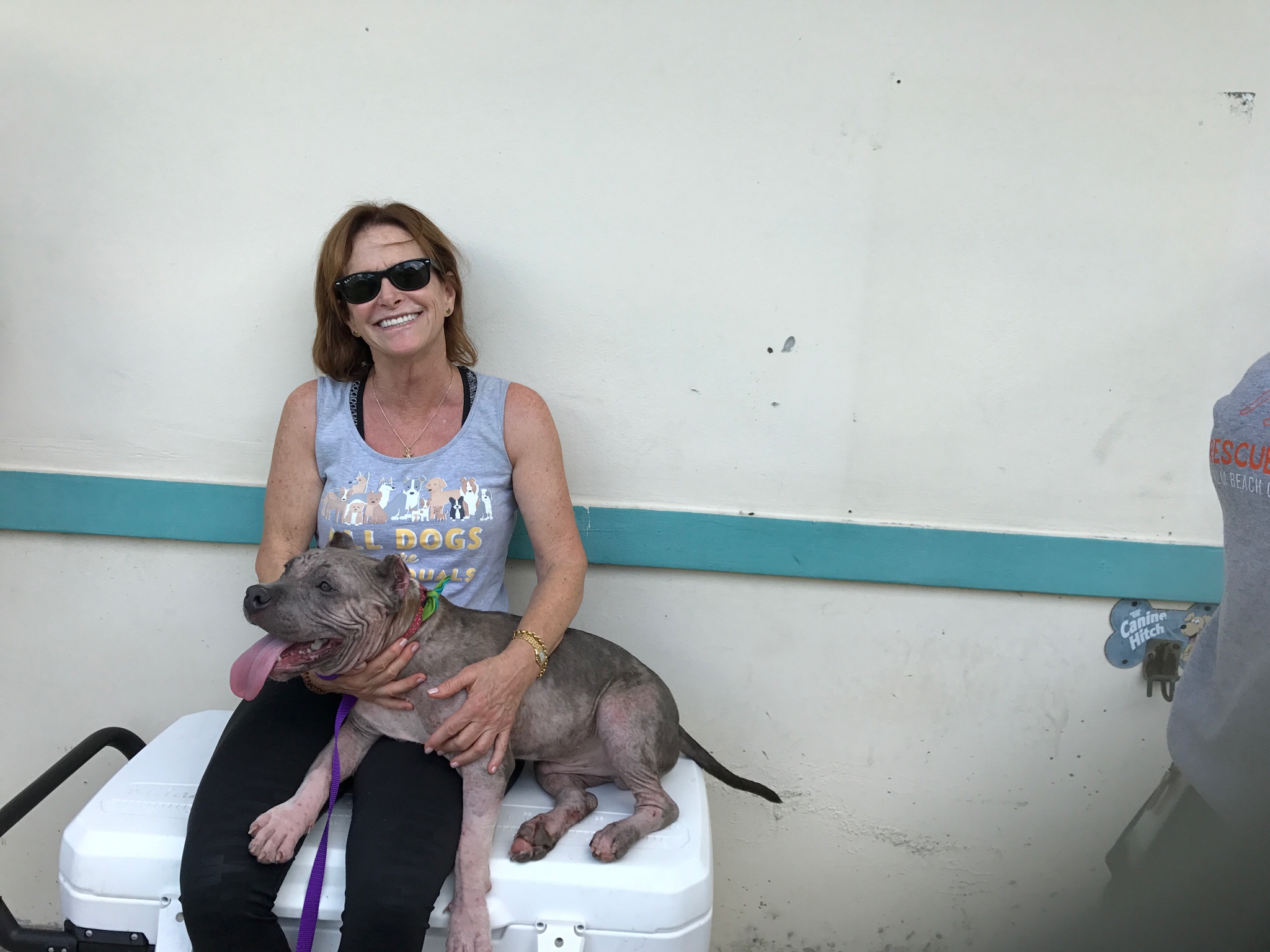“No one wants to adopt our “pit bull” dogs.” In our work with shelters around the country, it’s not uncommon to hear some version of this statement. When we hear this, we like to jump in to offer what we know works to boost adoptions – better policies, welcoming adoption counseling, kennel enrichment, positive marketing. You name it; we have a free resource to help organizations increase adoptions.
Today we wanted to share something a little different. It’s what we know to be true from years of working with every type of shelter – large and small, public and private – and helping them to increase adoptions and save more lives.
Here it is:
If an organization values “pit bull” dogs, then the public will follow their lead. We have the ability to influence the outcome.
When we think that no one wants or values these dogs, then we wind up communicating and behaving as if that is true. This can get in the way of making changes that will lead to positive outcomes.
Instead, we can shift our perspective so that it reflects a more accurate view of the public and potential adopters. Given the millions of people who own “pit bull” dogs in this country, we now know that there are tons of great families that already value these dogs as much as we do.
To say that no one wants “those” dogs, just isn’t true these days.

What if we allowed the knowledge that millions of people highly value “pit bull” dogs to serve as a foundation for our work? How would it change how we communicated to the public about the dogs?
If we choose to stick with the narrative that “pit bull” dogs aren’t wanted, then we are working from a place of defensiveness, fear, and disbelief in the possibility of success. We wind up communicating mixed messages about the value of “pit bull” dogs to the public which may drive down adoptions.
Saying (internally or publicly) that “no one wants these dogs, we have so many of them!” lowers the value of the pets in our care. The public notices and will follow our lead.
Good news: We have the ability to influence the outcome.
The question is how do we want to influence the public?
Do we want to create a self-fulfilled prophesy where they continue to disappoint and live up to the low bar we’ve set for them? Or do we want to inspire them to be a critical part of a positive outcome in our community?

Our ability to influence the outcome is a real phenomenon known as the Pygmalion Effect. Studies have shown that there is a positive correlation between leader expectations (the shelter) and the follower’s (the public) performance. Positive expectations influence outcomes positively and negative expectations influence outcomes negatively.
The Pygmalion Effect has been studied in classrooms and revealed that if teachers were led to expect enhanced performance from a random group of children, then those children did indeed show that enhancement. From the researchers who coined the term Pygmalion Effect:
“When we expect certain behaviors of others, we are likely to act in ways that make the expected behavior more likely to occur.” (Rosenthal and Babad, 1985)
This observer-expectancy effect shows that biased expectancies (ie: no one wants our “pit bull” dogs) can affect reality and create self-fulfilling prophecies as a result.
In other words, our expectations of others can influence what actually happens.
This influence can lead to a positive or negative outcome, depending on how we (the leaders) classify and communicate about the animals. Valuable/Not Valuable. Popular/Kennel trash. Wanted/Unwanted.
If your organization values all animals equally and communicates that “valuable” status to the public, you will be setting the expectancy that your adopters will value them too.
And time and again we’ve seen that they will!

Of course, we know that there can be real challenges to increasing adoptions and, in certain areas, a resistance from some members of the public to adopting “pit bull” dogs.
We understand that in some areas, shelters may need to work harder than others in their marketing and adoption efforts. We want to help and we have resources to assist you. But we’ve found that the resources are way more effective when they’re rooted in the belief that improvement is possible.
Very little, if anything, will improve if we don’t value the animals in our care equally, examine our own assumptions and personal biases, and believe that the public wants and values “pit bull” dogs too.
In practice this means: Drop policies and marketing that communicate that some animals are “less adoptable” than others. Treat all of the animals equally from intake to adoption. Look for long term solutions, not short term fixes. Step up customer service, positive marketing and outreach efforts, and kennel enrichment.
In other words, create the conditions for adoptions to happen!

Remember:
“Whether you think you can or whether you think you can’t, you’re right.”
– Henry Ford
In what ways do you want to be proved right? We vote for being right that the public is awesome and excited to adopt your wonderful “pit bull” dogs!
Still not sure this will work? We invite you to watch this excellent video from KC Pet Project. With very few resources and significant challenges, this open admissions shelter values all their animals equally and they believe that they can increase their positive outcomes without relying on restrictions or assumptions about what the public wants. It’s working for them, for others around the country, and it will work for you!
[youtube https://www.youtube.com/watch?v=hkcpe6cBOec&w=560&h=315]

